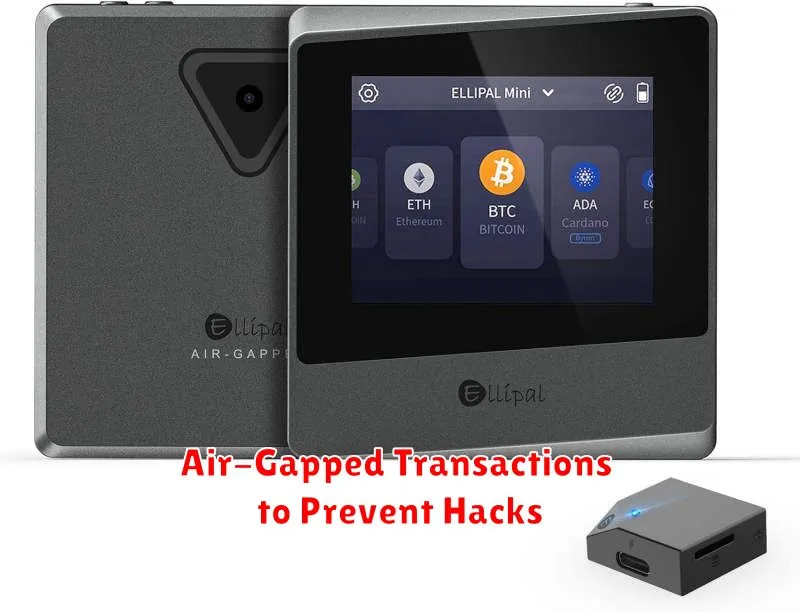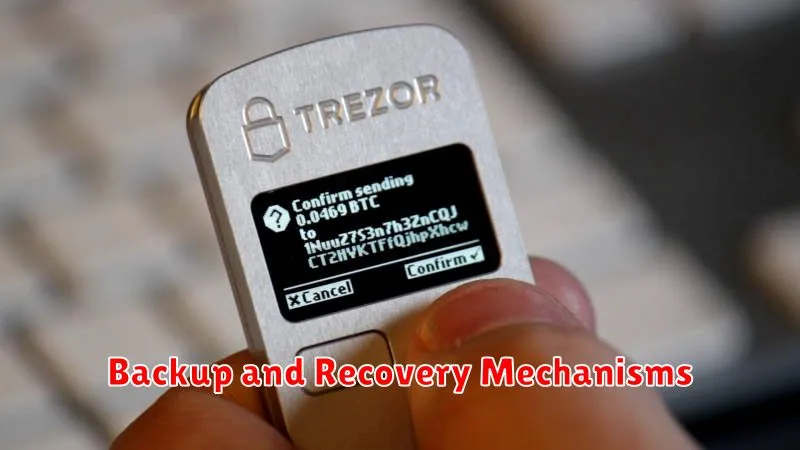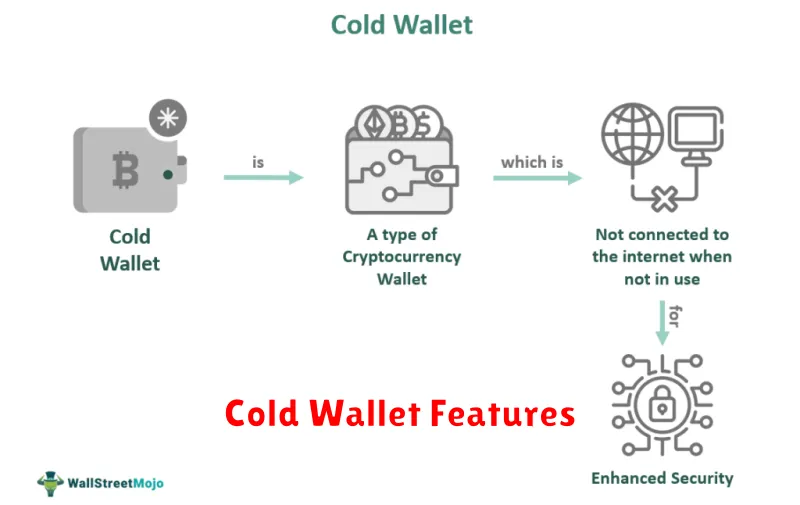Securing your cryptocurrency investments is paramount, and a cold wallet offers the most robust security against online threats. This article details five must-have features in a top-tier cold wallet, ensuring your digital assets remain safe from hacking, malware, and other vulnerabilities. Learn about essential features like offline storage, strong encryption, multi-signature support, user-friendly interface, and open-source code for maximum peace of mind when protecting your crypto holdings.
Private Key Control for Maximum Security

A cold wallet’s primary security feature lies in its private key management. The best cold wallets offer complete and exclusive control over your private keys, ensuring they never leave your possession. This means you, and only you, have the authority to initiate transactions.
Avoid wallets that manage your keys on your behalf. Complete control means you generate, store, and manage your keys offline, eliminating the risk of remote compromise. Features like seed phrase backup, offline key generation, and multi-signature options for added security reinforce this crucial aspect.
Look for wallets employing robust security protocols to protect your private keys, such as hardware security modules (HSMs) which provide a tamper-resistant environment. These measures provide an extra layer of protection against physical theft or hacking attempts.
Transparency in the key management process is also vital. The wallet should clearly explain how keys are generated, stored, and used. Avoid any wallet that obfuscates this critical security element.
Air-Gapped Transactions to Prevent Hacks

A crucial security feature for cold wallets is the ability to conduct air-gapped transactions. This process involves physically separating the device holding your private keys from any network connection (internet, Wi-Fi, Bluetooth), thus preventing malicious actors from remotely accessing or compromising your funds.
To initiate a transaction, the user typically transfers the transaction details (e.g., recipient address, amount) to the air-gapped device via a secure, offline method, such as a USB drive or by manually inputting the data. The air-gapped device then generates the transaction signature offline, ensuring that the private keys never come into contact with any potentially compromised system.
This offline signing process is the core of air-gapped security. It eliminates the primary vulnerability of online wallets: the risk of malware or phishing attacks stealing private keys directly from connected devices. The air-gapped nature significantly reduces the chance of hacking attempts succeeding.
While requiring more manual steps, the enhanced security provided by air-gapped transactions makes it a non-negotiable feature for users prioritizing the highest level of protection for their cryptocurrency holdings.
Multi-Currency Support for Diverse Portfolios

A crucial feature of any robust cold wallet is multi-currency support. This allows users to securely store a wide range of cryptocurrencies within a single device, eliminating the need for multiple wallets and simplifying portfolio management.
Diverse portfolios, encompassing various crypto assets, are becoming increasingly common. A cold wallet lacking multi-currency functionality forces users to fragment their holdings across different wallets, increasing the risk of loss or misplacement of private keys. This also complicates tracking and monitoring the overall portfolio value.
Support for a broad spectrum of cryptocurrencies, including both major and smaller altcoins, is vital for effective portfolio diversification. This ensures users can maintain control over their entire investment strategy within a secure and centralized cold storage solution.
Ultimately, multi-currency support provides not only convenience but also enhanced security by consolidating all crypto holdings within a single, highly secure cold wallet.
Tamper-Proof Hardware Design

A tamper-proof hardware design is crucial for a secure cold wallet. This involves several layers of protection to prevent unauthorized access and manipulation.
Physical security is paramount. The device should be constructed from robust materials, resistant to physical attacks like bending, prying, or drilling. Internal components should be securely affixed to make disassembly and data extraction extremely difficult.
Secure element (SE) technology is commonly used. The SE is a dedicated, isolated chip that protects cryptographic keys and sensitive data from external threats. This isolation prevents malicious software or hardware from accessing the private keys.
Intrusion detection mechanisms are also vital. These can include tamper-evident seals, sensors that detect unauthorized opening, and potentially even self-destruct mechanisms to erase data in case of compromise. The design should ensure that any attempt at tampering is immediately apparent.
Compliance with industry standards like FIPS 140-2 or Common Criteria is a strong indicator of a robust tamper-proof design. These certifications provide independent verification of the security measures implemented in the hardware.
Backup and Recovery Mechanisms

A robust cold wallet necessitates a reliable backup and recovery mechanism. This should allow users to restore their private keys and funds in case of device loss, damage, or theft. The ideal system prioritizes security and ease of use.
Secure seed phrase storage is paramount. This involves creating a backup of the seed phrase—a sequence of words representing the user’s private keys—using a method that guarantees confidentiality and prevents unauthorized access. This might involve physical storage in a safe place, using a hardware security module (HSM), or employing robust encryption techniques.
The recovery process should be clearly documented and easily understandable, even for users with limited technical expertise. The wallet should provide step-by-step instructions and a straightforward method for importing the seed phrase into a new device or wallet. The process should ideally minimize the chances of error during recovery.
Consider features such as multi-signature wallets or split seed phrase storage to enhance security. These methods add an extra layer of protection, reducing the risk of complete fund loss even if one part of the backup is compromised.

